I am unduly impressed by the Feb. 21, 2013 release by the ABIM Foundation and Consumer Reports announcing a new iteration of the Choosing Wisely campaign. From the Choosing Wisely website, the idea is to help patient consumers to choose care that is: supported by evidence, does not repeat other tests or procedures, is free from harm and truly necessary. What sensible and logical advice!
This long overdue and welcome effort is launched to inspire conversations between patients and doctors about the necessity -- or lack thereof -- of many commonly-ordered diagnostic tests and medical approaches. With the goal of stewarding our limited health care dollars, and to prevent unnecessary procedures and treatments, such conversations are essential. Numerous and varied health care specialty organizations were initially asked to submit five such items, and the list keeps growing. To see the list of medical specialties and the actual procedures and treatments of concern, click here: http://www.choosingwisely.org/doctor-patient-lists/. The lists are thoughtful and thought-provoking, well-researched and referenced.
They make compelling reading for anyone who has ever been sick or worked with sick people. Some of the items on the list will come as a big surprise and will require a real shift in consciousness and in expectation for doctor and patient alike. Culture shifts with regard to medical practice come slowly, but having this collaborative style effort from thought leaders of reputable organizations underscores both the timeliness and urgency of these recommendations.
The information age has armed many patients and consumers with so much medical knowledge, sometimes accurate and often not, that it is common for patients to come into the doctor's office demanding what they want, both diagnostically and treatment-wise. But to succumb to such demands is never good medicine; it's certainly not sustainable, and it may also lead to unnecessary procedures and treatments that may well have unwanted side effects.
As a naturopathic doctor, I too can learn from these lists for patients in my practice, and in addition apply the same ideas to my own diagnostic and treatment procedures. As naturopathic doctors gain increasing practice rights in states with regard to licensure, we need to guard against going the same path as our medical colleagues, of ordering too many tests and of prescribing too many medications, whether pharmaceutical, botanical medicine or nutritional supplements.
I was recently teaching at the University of Bridgeport Naturopathic Medical School, supervising a shift in the outpatient clinic there. A group of interested medical students from Brown, UCONN, University of New England and Tulane were in for the day, observing our clinic and learning a bit about naturopathic medicine. One bright young student asked me about referral patterns and when do I refer out. Of course it's often, for both diagnostic and treatment help from medical specialists in my area. I send patients out for both psychological and physical ailments where I need lean on the broad expertise of colleagues. And like all doctors, the longer I practice, the more I depend on clinical judgment and seeing patients' symptoms in context. One of the main reasons I will run certain tests is to assess the efficacy of my treatment protocols, to get more objective understanding of how a patient is doing. So these lists serve a great and essential role and also need to be read, absorbed and applied appropriately to individual patients in our care.
For so long, there has been fear of missing a diagnosis or missed diagnosis that could potentially lead to litigation, but increasingly it may be that overdoing could lead to the same. Allowing patient history and physical exam to guide our diagnostic work, saving the more invasive, expensive, and extensive tests for when they are truly indicated and applying treatment protocols with an eye to the idea that, so very often, less is more, are goals to which all medical providers can aspire.
For more by Amy Rothenberg, ND, click here.
For more health news, click here.